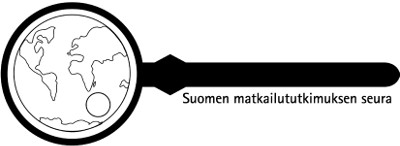Memory politics in transition: Nostalgia tours and gilded memories of Petsamo
Keywords:
politics of memory, nostalgia tourism, war refugees, Finnish-Russian Arctic borderland, text miningAbstract
The paper examines politics of memory related to the Arctic Finnish-Russian-Norwegian borderland, Petsamo-Pechenga. How it has been remembered, shared and interpreted after the Second World War by refugees from Finnish Petsamo and their offspring, on the one hand, and Finnish public writing, on the other hand? Which means have been used to revitalize their collective and personal narratives and construct the geohistorical space of Petsamo? During the Second World War, Petsamo was the focus of the Arctic conflict, and at the end of the war, Finland lost the region to the Soviet Union. Our source material comprises 521 articles, which we analyzed using qualitative and text mining methods. We conclude that compared with the other war refugee communities in Finland, Petsamo is peripheral to Finnish public post-war memory politics and nostalgia tourism. This is for several reasons: the fact that people from Petsamo constituted a minority among the Finnish evacuees (5200 of 420,000) and were subdivided into two groups (Finns and Skolt Sami people), the devastated and polluted environment, militarization and closeness of Russian Pechenga until the 1990s. The politics of memory about Petsamo – such as nostalgia tourism, written memories, monuments, intergenerational experiences of landscape and history books – can be seen as a manifestation of collective sorrow for a lost homeland, both as individual therapeutic surrender and creating a special emotional community of ex-Petsamo people.
How to Cite
Copyright (c) 2020 Finnish Journal of Tourism Research

This work is licensed under a Creative Commons Attribution-NoDerivatives 4.0 International License.






